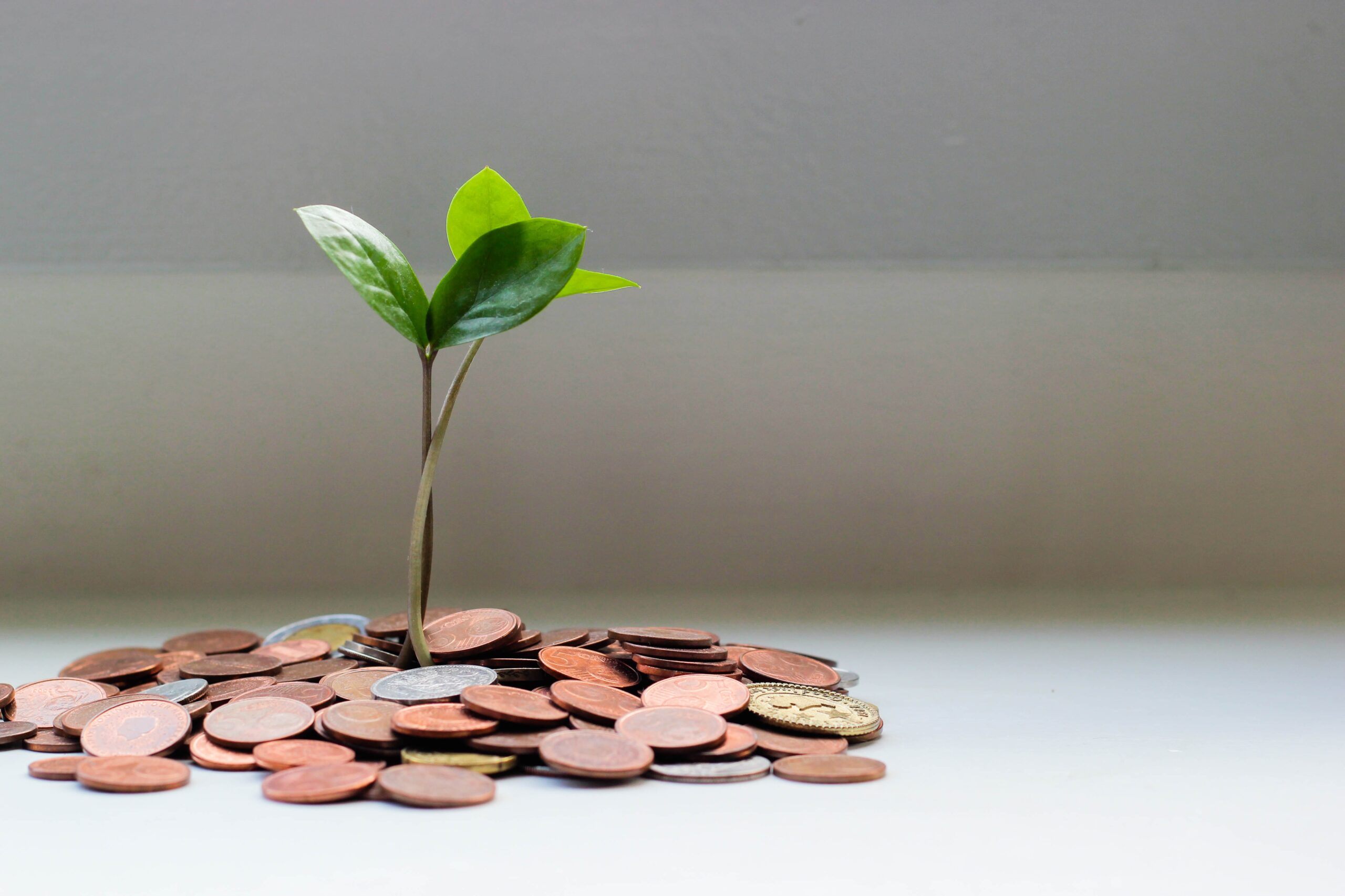
[This article is excerpted from chapter 7 of What Has Government Done to Our Money? ]
The idea of private coinage seems so strange today that it is worth examining carefully. We are used to thinking of coinage as a “necessity of sovereignty.” Yet, after all, we are not wedded to a “royal prerogative,” and it is the American concept that sovereignty rests, not in government, but in the people.
How would private coinage work? In the same way, we have said, as any other business. Each minter would produce whatever size or shape of coin is most pleasing to his customers. The price would be set by the free competition of the market.
The standard objection is that it would be too much trouble to weigh or assay bits of gold at every transaction. But what is there to prevent private minters from stamping the coin and guaranteeing its weight and fineness? Private minters can guarantee a coin at least as well as a government mint. Abraded bits of metal would not be accepted as coin. People would use the coins of those minters with the best reputation for good quality of product. We have seen that this is precisely how the “dollar” became prominent—as a competitive silver coin.
Opponents of private coinage charge that fraud would run rampant. Yet, these same opponents would trust government to provide the coinage. But if government is to be trusted at all, then surely, with private coinage, government could at least be trusted to prevent or punish fraud. It is usually assumed that the prevention or punishment of fraud, theft, or other crimes is the real justification for government. But if government cannot apprehend the criminal when private coinage is relied upon, what hope is there for a reliable coinage when the integrity of the private marketplace operators is discarded in favor of a government monopoly of coinage? If government cannot be trusted to ferret out the occasional villain in the free market in coin, why can government be trusted when it finds itself in a position of total control over money and may debase coin, counterfeit coin, or otherwise with full legal sanction perform as the sole villain in the marketplace? It is surely folly to say that government must socialize all property in order to prevent anyone from stealing property. Yet the reasoning behind abolition of private coinage is the same.
Moreover, all modern business is built on guarantees of standards. The drug store sells an eight-ounce bottle of medicine; the meat packer sells a pound of beef. The buyer expects these guarantees to be accurate, and they are. And think of the thousands upon thousands of specialized, vital industrial products that must meet very narrow standards and specifications. The buyer of a 1/2 inch bolt must get a 1/2 inch bolt and not a mere 3/8 inch.
Yet, business has not broken down. Few people suggest that the government must nationalize the machine-tool industry as part of its job of defending standards against fraud. The modern market economy contains an infinite number of intricate exchanges, most depending on definite standards of quantity and quality. But fraud is at a minimum, and that minimum, at least in theory, may be prosecuted. So it would be if there were private coinage. We can be sure that a minter’s customers, and his competitors, would be keenly alert to any possible fraud in the weight or fineness of his coins.1
Champions of the government’s coinage monopoly have claimed that money is different from all other commodities, because “Gresham’s Law” proves that “bad money drives out good” from circulation. Hence, the free market cannot be trusted to serve the public in supplying good money.
But this formulation rests on a misinterpretation of Gresham’s famous law. The law really says that
money overvalued artificially by government will drive out of circulation artificially undervalued money.
Suppose, for example, there are one-ounce gold coins in circulation. After a few years of wear and tear, let us say that some coins weigh only .9 ounces. Obviously, on the free market, the worn coins would circulate at only 90 percent of the value of the full-bodied coins, and the nominal face value of the former would have to be repudiated.2 If anything, it will be the “bad” coins that will be driven from the market.
But suppose the government decrees that everyone must treat the worn coins as equal to new, fresh coins, and must accept them equally in payment of debts. What has the government really done? It has imposed price control by coercion on the “exchange rate” between the two types of coin. By insisting on the par ratio when the worn coins should exchange at 10 percent discount, it artificially overvalues the worn coins and undervalues new coins. Consequently, everyone will circulate the worn coins, and hoard or export the new. “Bad money drives out good money,” then, not on the free market, but as the direct result of governmental intervention in the market.
Despite never-ending harassment by governments, making conditions highly precarious, private coins have flourished many times in history. True to the virtual law that all innovations come from free individuals and not the state, the first coins were minted by private individuals and goldsmiths. In fact, when the government first began to monopolize the coinage, the royal coins bore the guarantees of private bankers, whom the public trusted far more, apparently, than they did the government. Privately minted gold coins circulated in California as late as 1848.3
1. See Herbert Spencer, Social Statics (New York: D. Appleton 1890), p. 438.
2. To meet the problem of wear-and-tear, private coiners might either set a time limit on their stamped guarantees of weight, or agree to recoin anew, either at the original or at the lower weight. We may note that in the free economy there will not be the compulsory standardization of coins that prevails when government monopolies direct the coinage.
3. For historical examples of private coinage, see B.W. Barnard, “The use of Private Tokens for Money in the United States,” Quarterly Journal of Economics (1916–17): 617–26; Charles A. Conant, The Principles of Money and Banking (New York: Harper Bros., 1905), vol. I, 127–32; Lysander Spooner, A Letter to Grover Cleveland (Boston: B.R. Tucker, 1886), p. 79; and J. Laurence Laughlin, A New Exposition of Money, Credit and Prices (Chicago: University of Chicago Press, 1931), vol. I, pp. 47–51.
On coinage, also see Mises, Theory of Money and Credit, pp. 65–67; and Edwin Cannan, Money, 8th ed. (London: Staples Press, 1935), pp. 33ff.







